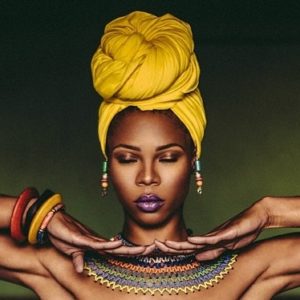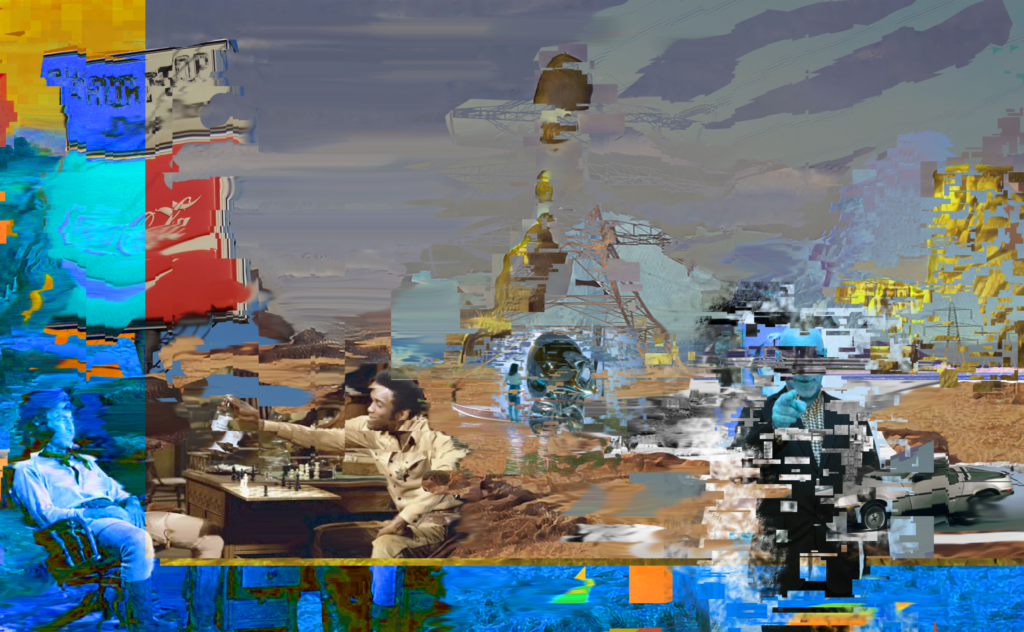“We’ve all grown in the digital era so seeing it not being appreciated in a fine art context is almost ludicrous”
– Robness on Digital Art
My name is Lisa Leggz and as an infant in the crypto/NFT space I was immensely honored with the task of documenting David Cash’s interview with “Robness” in the INSTITUT clubhouse. I listened and learned about the pre-dawn of NFTs before they even had a name. Robness delved into the history of when crypto was added to the formula adding value perspective, which gave digital art the room to shift into being recognized as an official art form as host David Cash sets it off with the first question…
David: How did you get started as a digital artist?
Robness: “Digital art has been in my blood ever since I was a kid…” Robness shares how expressing himself using photo applications has been a mainstay incorporated into his creative expression alongside his love for music since his childhood. “Luckily I was at the right place at the right time. In 2014 I was in the Bitcoin space and mostly it was just trying the technology out. And at the time it was more so, everybody trying to make a go and trying out experiments, seeing what we can do with the blockchain.”
He went on to share that, as the years went on, there were many ups and downs with different bitcoin experiments- some taking flight and some falling flat. When the tokenization concept came about, for Robness, it was hard to stomach back then. With Bitcoin still grappling with the modalities of how the currency could be accepted worldwide, everyone else was in something of a frenzy until it evolved into the networks and organizations that came to be what we know now to be the NFTfi space.
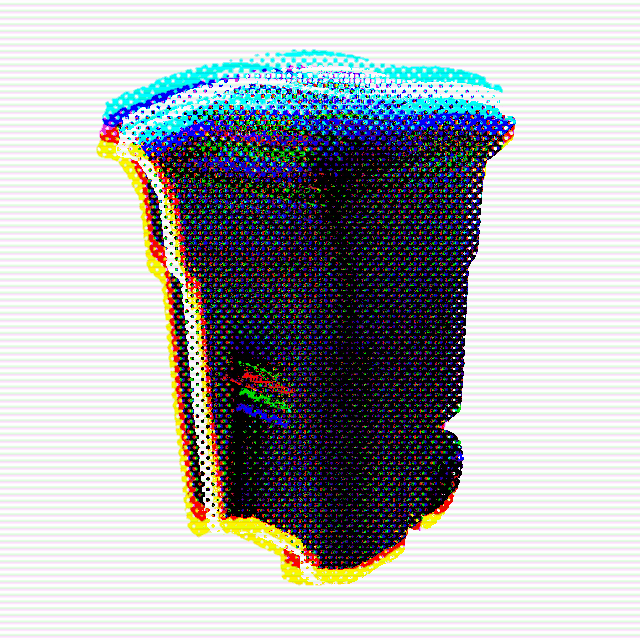
David: Considering your mentality around art and the controversial and influential moves you made that paved your way from the very beginning, legitimizing the NFT art space; how would you describe your relationship towards the term “Trash Art” now and do you still consider yourself a “Trash Artist?”
Robness: “O yea! Honestly most of the credit I give to pretty much everybody else that held some sort of symbiotic connection to it. For me it’s more trying to keep promoting artistic freedom in the space; and I think that’s the most important. To be honest, philosophically, I say it all the time but, seeing Bitcoin take off and be open source I think is one of the most important things that we should probably keep in our heart of hearts around this whole thing. Because if it was closed source, we wouldn’t have Ethereum, we wouldn’t have Tezos, we wouldn’t have Polkadot, or any of these offshoots.
So for me I consider myself an ‘open source artist,’ which is really radical. I’m not saying everybody should do it, but I just think for me it seems proper to do so, because I feel like keeping the information free and keeping art free. I mean it IS a remix culture and besides electronic music, hip hop is the biggest catalyst for that and I really like in terms of remix culture in the digital art format.
Saying all these things, I guess the trash thing is kind of a reaction to that, And even though it was a trash can that was the catalyst for the art piece, I think people understood… The artists actually understood. They understood what I meant with that, and they felt like they needed to express themselves in that light, and I’m totally indebted to them for that- they’re all family to me now… It’s wild to see something like that grow. And almost every day I’ll see someone do a Trash Can Glitch art type of thing, and their own interpretation of it, and it’s wonderful to see.”
David: What are a couple of things some artists/creatives listening can do to be more open sourced as creatives from you, the Robness?
Robness: “On the controversial side I’ve made some artistic statements about people asking for permission for artwork and stuff like that. But for me, the trash concept is kinda like proof in the pudding. If you just go to Opensea and type in ‘trash,’ you’ll see all these remixes. I could’ve easily said to ‘not make any more of these’ or ‘this is my intellectual property,’ but why? So for me, that’s kinda the way that I look at things.
Be a little bit more open in the space. The digital art medium is so provocative. With just the transfer of the artwork- memes are a perfect example of that. And going back to my history- using the ‘meme’ as a context of spreading artwork is a very powerful thing. And that may be one of the reasons we use the infamous Pepe… Because that’s one of the most iconic internet memes probably in the world.”
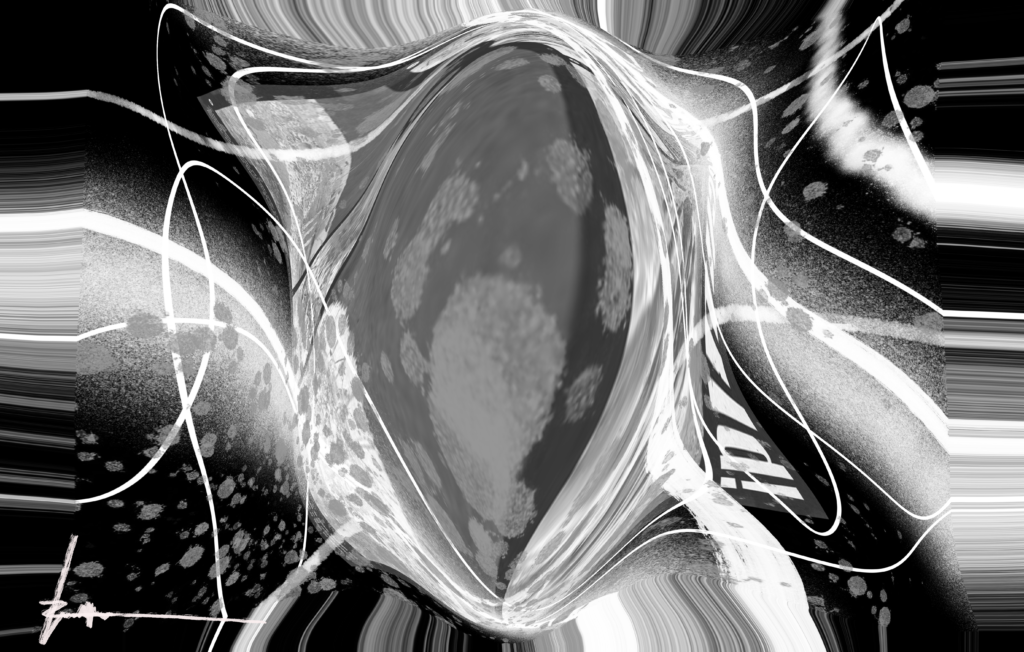
David: Please tell us a little bit about your involvement in Rare Pepe; from the beginning and how that ties into the inception of the Cryptokitties movement.
Robness: “My introduction to tokenization was when the Counterparty network came out. That was actually the first time I came across the burning concept, because the way they did their token sale was you had to burn itcoins to generate XEP tokens, and you needed XEP tokens to create assets. So at first I was burning tokens- and honestly they burned 2000 bitcoin and generated 2 Million XEP tokens… And from that point on then you could burn those tokens to create assets.
At the time there were a couple of blockchain games that were messing around with the itemization- SaruTobi is one of the more infamous ones. so I was beta testing those at the time and, as I’m surfing through the exchange, you could see assets pop up. And so I finally see the Rare Pepe asset, and I’m like what is this? And one of the internet jokes is to make Rare Pepe assets rare- like TRULY rare. So I obviously had to investigate- and all of a sudden- I found a Pepe chat with like 30 people in there- and I inquired to see what’s going on. And then I’m like *audible gasp* it’s happening- people are making their own artwork and tokenizing. That’s when I knew, I was like: I’m here, let’s do this. From that point on we went from 30 members to like 2000. It went worldwide and thousands of cards were made. There’s a huge book, this woman made a book and she minted only 300 copies of all the artwork made within that year. It went worldwide andit was the first real worldwide crypto art movement. It’s just wild to think about right now. Just seeing how big it’s grown now is insane.
“I think it’s kind of hilarious to admit, but memes are a very powerful transmittive artistic force on the internet…some of the most powerful iconic images”
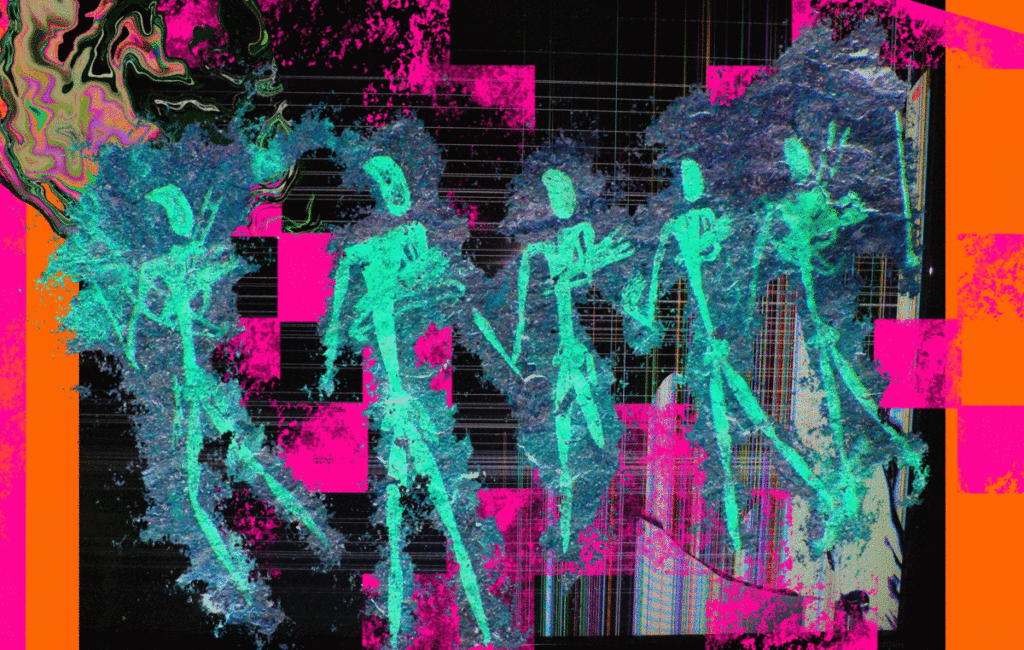
David: How do you feel about your newest venture with INSTITUT and doing a ‘traditional’ art show, showing NFTs in the metaverse and in a physical contemporary art gallery?
Robness: “It’s been great- I say why not! I don’t want to deny art in certain areas, and to be honest, in the final context the pieces I submitted- I actually really love those. And they’re an offshoot from a singular piece that I made- it’s one of those things that just felt right…
There are a lot of different techniques in there kinda just all smashed together. Like I’m using Blender, Artificial Intelligence renderings, the art reader, large glitch art thrown in there as well on the ‘mannequin’ so to speak.
With these pieces, for me, it’s like surrealism, but l a more modern type of surreal. I notice in the Blender world, the 3D there is like a surreal element. Whether it’ll be pieces that defy gravity- it seems like in the 3D world there’s a real passion for doing things that you can’t do in the physical world. And people love to see that. So the closest to reality that you can get to it… surreality gets pretty close.”
Photos courtesy of:
https://www.blockchainartexchange.co.uk/artists/robness-cyberpop/

